Mistry of mohenjodharo . Indus valley civilization
Mohenjo-daro, part of the ancient Indus Valley Civilization, flourished around 2500 BCE in present-day Pakistan. It is one of the earliest urban settlements, showcasing advanced city planning and sophisticated infrastructure.Urban Planning: The city was laid out in a grid pattern, featuring well-organized streets and drainage systems. This level of planning indicates a high degree of civic organization.Architecture: Buildings were constructed using standardized fired bricks. Major structures included residential areas, public baths, and granaries, reflecting a complex social and economic life.The Great Bath: This large, public bathing area is one of Mohenjo-daro's most remarkable features, suggesting the importance of ritual purification.Water Management: The city had an advanced drainage system, with covered drains along the main streets, which helped manage waste and prevent flooding.Social Organization: The uniformity in building materials and town planning suggests a centralized governance or communal effort.Trade and Economy: Mohenjo-daro was a hub of commerce, with evidence of trade links with Mesopotamia, showcasing a network of exchange for goods such as metals, precious stones, and textiles.Artifacts and Script: Numerous artifacts, including pottery, tools, and the undeciphered Indus script, provide insights into the daily life, art, and administrative practices.Decline: The reasons for the civilization's decline around 1900 BCE remain speculative, with theories ranging from climate change to invasions or internal societal collapse.Mohenjo-daro represents a peak of urban development in the ancient world, reflecting a high degree of sophistication in its social, economic, and technological aspects.
-
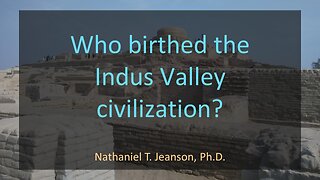 39:45
39:45
Nathaniel Jeanson
1 year agoTraced (part 8): Who birthed the Indus Valley civilization?
502 -
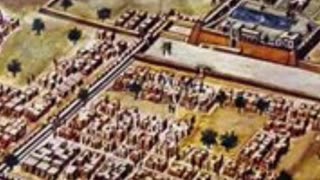 0:59
0:59
Digital Tahir
1 year agoTop 10 Incredible Facts about the Indus Valley Civilization Part 1
8 -
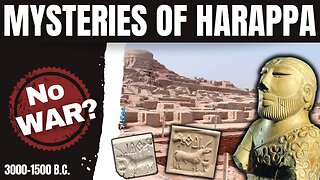 15:16
15:16
Iceberg TheoryX
1 year agoAn Ancient Civilization Without Wars? | Harappa (Indus Valley)
87 -
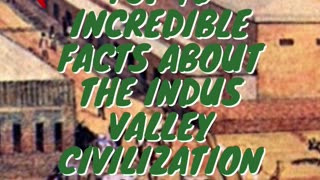 0:57
0:57
Digital Tahir
1 year agoTop 10 Incredible Facts about the Indus Valley Civilization Part 2
6 -
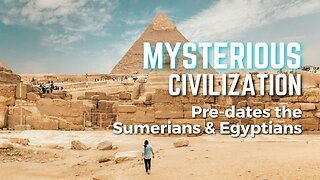 22:58
22:58
The Aquarius Bus
11 months agoThis Mysterious Civilization pre-dates the Sumerians & Egyptians
514 -
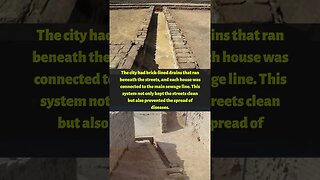 0:58
0:58
TimelessMysteriesThroughTime
1 year agoMohenjo-Daro: The Ancient City of Advanced Engineering...#shorts #ancient #history
3 -
 22:07
22:07
Simonllewellyn62
1 month agoARKAIN AND THE HARAPPAN CIVILIZATION
10 -
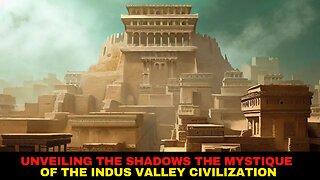 8:05
8:05
History
2 months agoUnveiling the History of the Indus Valley Civilization
14914 -
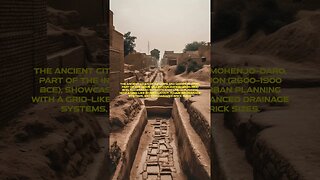 0:25
0:25
TimelessMysteriesThroughTime
1 year agoUnraveling Secrets of Indus Valley: Advanced Urban Planning Revealed! #shorts
6 -
 59:39
59:39
MRCERBERUS
2 months agoExploring the Hindu Connections to Sumerian Civilization: An Intriguing Investigation
38